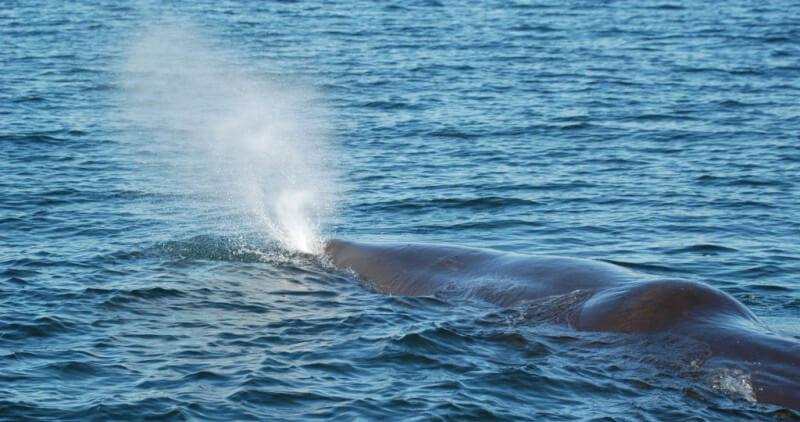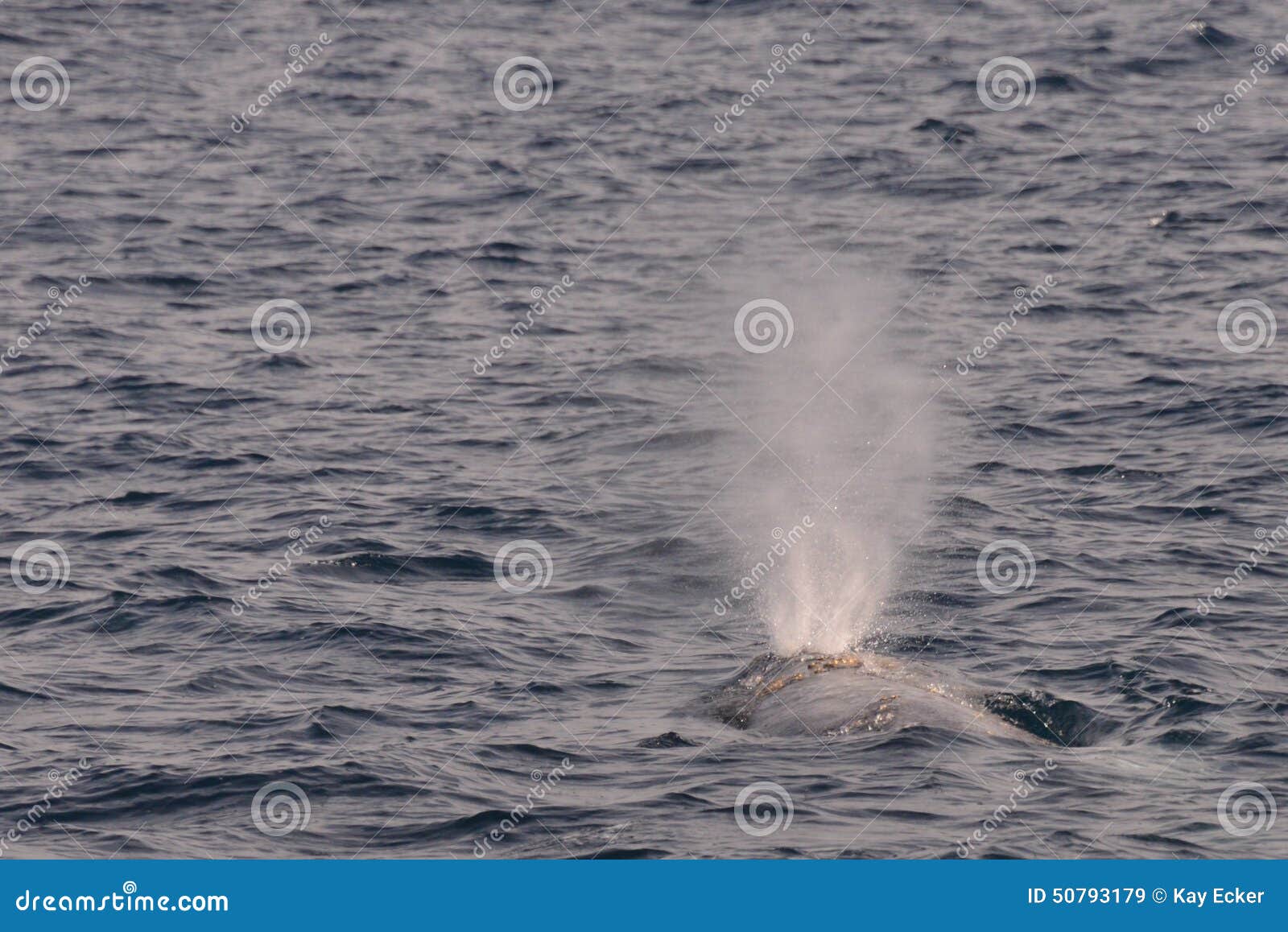

Which is then seeded for the next year’s harvest. The mud that is churned is oxygenated and exposed to the nutrient rich water. One gray whale is believed to turn about 50 acres of sediment during a season of feeding. Gray whales are the only bottom feeding whale, the amphipods that the gray whale feeds on live on the bottom of the ocean. There are ample amphipods in the Northern waters during the summer because the longer days create more phytoplankton and zooplankton. While they are in the Northern waters, the gray whales feed mostly on tiny shrimp like amphipods. The largest gray whales have flukes, (tails) that can span ten feet. The male gray whale can reach 45 feet, while the females can reach 50 feet and weigh 30 or 35 tons. The Mysticeti whales have a baleen instead of teeth. The gray whale is in the sub-order Mysticeti family. They are warm blooded and give birth to live offspring that suckle milk from their mothers. Whales are mammals, they breath air, have hair (calves have hairs around the front of their heads). A lot of times the calves will poke their heads out of the water to get a better look at us whale watchers. This dimply shortened face is characteristic of all young gray whales. The dimples on the young calf’s are where you can see the baby’s facial hair. The gray whales have a double blow hole, most of the older grays have scars and tooth rake marks from encounters with Orca Whales (Killer of Whales). Just like people, once they reach middle age, they seem to get a little fatter. They can live up to 40-60 years, some 70 years. Gray whales can reach a length of about 40 to 50 feet, and weight between 50,000 to 80,000 pounds. Young gray whales along the Oregon coast seem to breach more frequently. They speculate that they do it to remove parasites, communicate with each other, or just do it for fun. Scientists are not sure why whales breach. The ultimate in whale sightings is a breach, which occurs when a whale launches as much as ¾ of its body out of the water.

After the flukes disappear under the water, the turbulence of the dive will cause a circle of smooth water, known as a fluke-print. This action, called sounding or fluking, helps propel the whale downward to the bottom where they feed on small crustaceans. When a gray whale lifts its tail flukes out of the water, it is going into a deep dive. They like to rise and get a better look at their surroundings. They are curious and often seen “spy hopping” or lifting their heads above the surface of the water. Whales have the largest brain of any animal on earth. Sometimes they dive and reappear a quarter of a mile away. If they are frightened, they can hide on the bottom or travel great distances underwater. In a single breath, 80 to 90 percent of the air in their lungs is exchanged.įeeding dives may range from 3 minutes up to 15 minutes they can stay under water for 30 minutes.

This repeated breathing pattern enables the whales to store up oxygen and get rid of carbon dioxide built up during a long dive. A general rule is one short dive and a blow for every minute spent in a deep dive. Normally they will make three to five short, shallow dives of less than a minute each and then a long, deep dive. Generally, gray whales are slow swimmers, averaging three to five mph during migration and have a rhythmic breathing pattern.

The whale can expel 100 gallons of air in a single blast. The blow is not a fountain of water, but a mist of condensed air exhaled under high pressure from the lungs. When a gray whale comes to the surface, its blow or spout is a double-plumed, a misty jet of vapor, rising 6 to 12 feet. Now they are considered the “friendliest” of whales, often curiously approaching whale watching boats. They were once called “devil fish” by early whalers. Gray whales are noted for their protective behavior toward their calves.


 0 kommentar(er)
0 kommentar(er)
